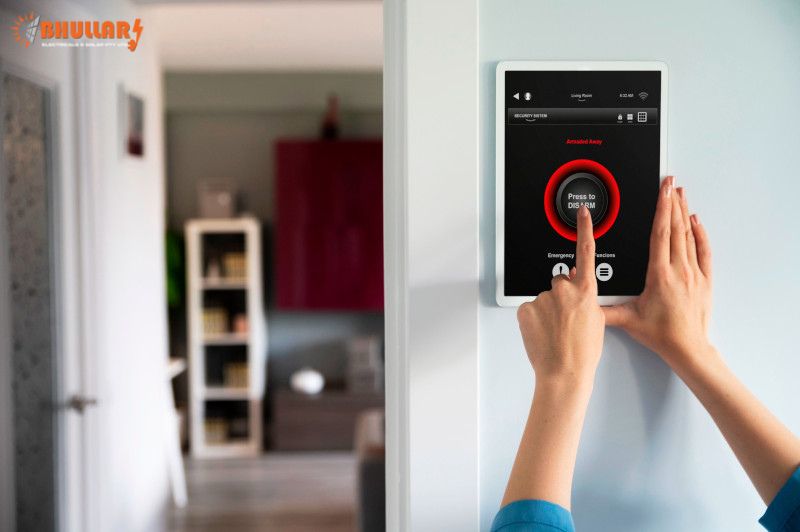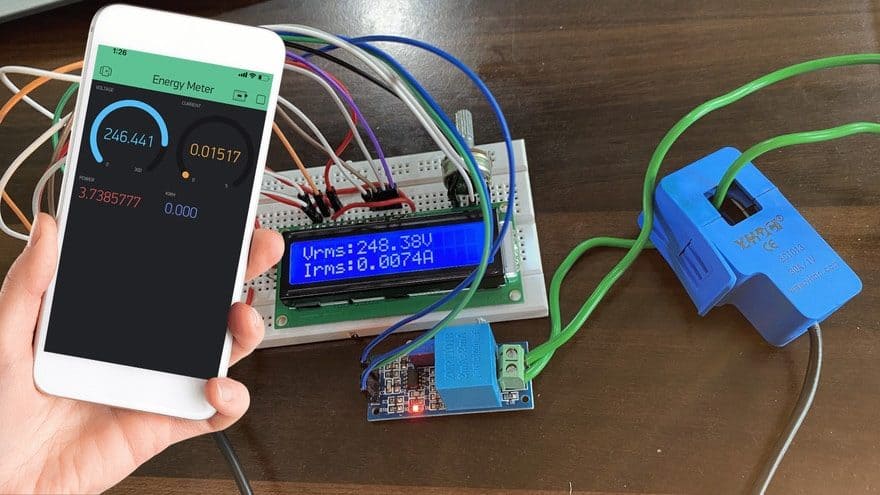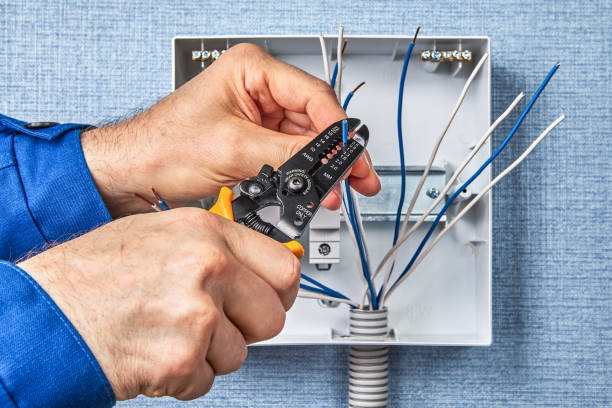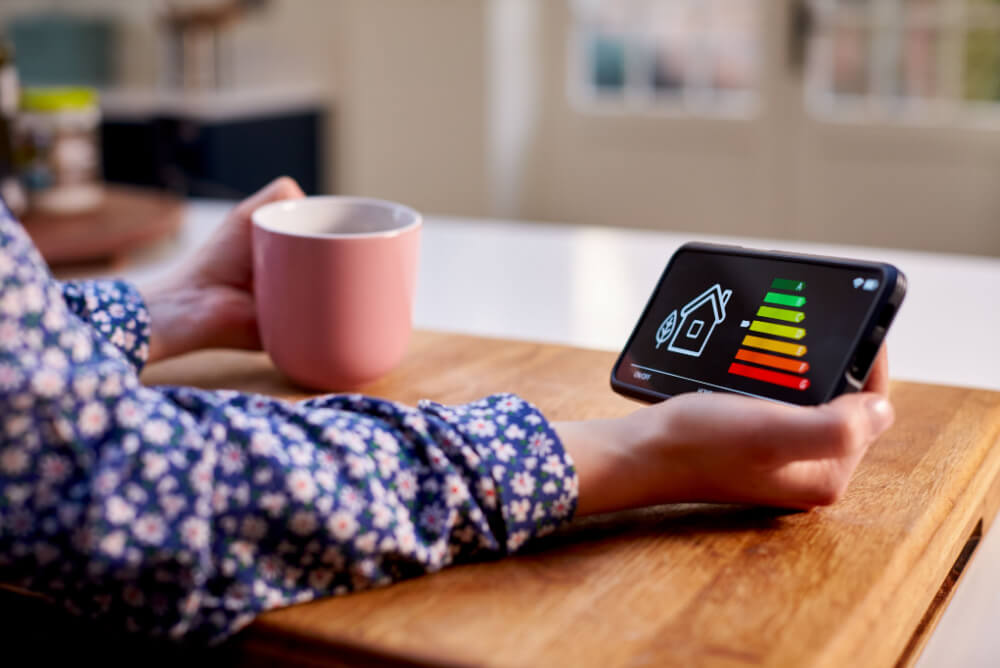
With the advent of smart meters, metering technology has advanced rapidly and has entered the digital era. With the use of smart meter technology, the energy consumption patterns could alter and Australian consumers could see real savings. The smart meter offers real-time energy tracking and detailed usage insights. It also has a variety of other features that complement contemporary and interconnected lifestyles.
Early in the new millennium, witnessed the introduction of smart power meters to Australia. The Council of Australian Governments (COAG) looked into the topic of smart power meters between 2002 and 2006 when it commissioned an Energy Market Review.
A smart meter is a cutting-edge gadget that tracks and monitors a home or business’s real-time usage of gas, electricity, and water. It is intended to give exact and in-depth information on energy usage, enabling a thorough knowledge of consumption trends.
Smart meters allow for two-way communication between the consumer and the retailer of gas or electricity. It is completely opposite to traditional meters, which must be manually read by a meter reader who visits the home. This implies that regular automatic transmission of meter readings to the supplier is possible. It also means that there is no longer a need for manual meter readings because both parties may access and exchange information remotely.
If you’re building a new home or replacing a malfunctioning meter at an existing property, a retailer is required to offer you a smart meter. All new and replacement meters in all states and territories are required to be smart devices by the Australian Energy Regulator (AER).
Smart meters produce more detailed data, however, the home will not see all of this information displayed on the device. Instead, customers must purchase an in-home display or wait for the data to be made public by a third party before they can view it. For instance, their electricity distributor or retailer.
The energy retailer’s app is the easiest and least expensive way to read your smart meter. You can track the energy use that your smart meter is measuring with the Powershop, Origin Energy, AGL, and Energy Australia apps.
An accurate reading is more difficult to obtain with traditional meters because of their dial display. In contrast, smart meters feature a digital display with a button that may be pressed to view different types of data.
The majority of meters come with labels outlining their functions and the significance of each piece of information.
If you’re still using outdated analog metering technology, then it’s time to switch. Follow the below steps for installing new smart meters.

Step 1: Speak with your energy supplier. Make contact with your present energy supplier and let them know you would want a smart meter. Ask about any associated expenses as well as any programs or incentives that might be able to help with installation costs.

Step 2: Arrange for the installation and verify your eligibility. Find out if you can now install smart meters on your property by contacting your energy provider. Set up a time for the installation that works for you if the property is appropriate. You can learn about the procedure and how to get ready from your provider.

Step 3: Get ready to install the smart meter. Make sure that any technician can easily reach your present meter before the installation date. The best course of action would be to prepare for a brief power outage as well. Typically, there will be a 30- to 1-hour power outage. It’s a good idea to charge cell phones, save work on computers, and let everyone in the house know about the outage before it starts.

Step 4: The day of installation is here! On the day of installation, the technician is expected to come within the allotted time. The new smart meter will then be installed in place of your old one; this usually takes less than an hour.

Step 5: Check the meter and restore electricity. Your property’s power will be restored by the technician after the smart meter is placed. In addition, they might give a brief rundown of the smart meter and verify that data is transmitted as anticipated.

Step 6: Get familiar with your smart meter. Once the installation is finished, spend some time becoming acquainted with your new smart meter. User guides, online tutorials, and direct customer support are just a few of the services your provider might supply.
Australia relied unduly on analog energy infrastructure up until the year 2000. However, the forced installation of smart meters throughout Victoria in 2006 brought about a significant change in that. A proposal by the Australian Energy Market Commission calls for the complete adoption of smart meters by 2030, resulting in a net benefit of A$507 million.
An integral component of energy systems is smart meters, which monitor how much gas or electricity a home or company uses. Then these meters instantly communicate that information to users and energy providers. This information will also make it easier for energy providers to match generation to demand and fully utilize the intermittent nature of renewable energy, which will enhance the electrical grid.
Due to long-term and consistent cash flows from providing necessary metering services to homes and businesses over the asset’s useful life, smart meters are an appealing asset class. This makes them appealing to long-term institutional investors such as pension funds and sovereign wealth funds. Smart meters are an essential component of the energy revolution and will be instrumental in the digitalization and decarbonization of electricity networks.
With smart meters, you can select a plan with a time-of-use rate. It follows that the price of power under your plan is contingent upon the time of day you use it. It is quite likely that smart meters will remain an integral part of our energy management strategy as we look to the future.
As smart home technology gains traction, even more integration with household equipment is anticipated. In the future, your smart meter might be able to connect with your thermostat to provide higher energy efficiency or be used to dim your lights. With the continued adoption of solar power across Australian culture, smart meters will also reach their peak.